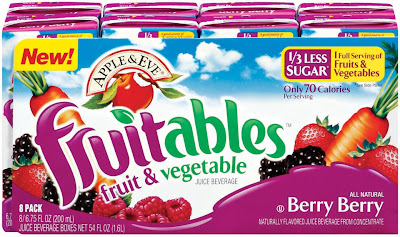As my body ages and I enter “senior” status, I have become conscious of every name I can’t remember and every item I misplace and wonder if my brain is losing some of its function. You may be having the same concerns.
To make sure my brain functions properly, I am striving to include omega-3 fatty acids in my diet by sprinkling ground flaxseeds onto my yogurt every morning and cooking or ordering salmon whenever possible. Ground flaxseeds can be sprinkled in everything from soups to sauces to meatloaf and included in baking recipes for breads, muffins, and even cookies. Hodgson Mill Milled Flaxseed is a good brand and it even comes in Travel Packs.
While the positive effect of 0mega-3s and cardiovascular disease is well documented, you may not know that research continually shows individuals with a higher intake of omega-3s display fewer symptoms of dementia and score better on cognitive function tests. The most effective fatty acid for dementia prevention is Docosahexaenoic acid (DHA), an omega-3 fatty acid which is the most abundant in brain tissue and the central nervous system. When comparing the population, older adults who have higher amounts of DHA had a lower incidence of Alzheimer’s or impaired cognitive function.
Exactly how omega-3s provide this protective effect is still a subject of debate. One theory suggests that omega-3s support glucose tolerance in the brain. Another theory builds off DHA’s effect on the developing brain in children. It believes DHA continues to provide support and function of neurons in the brain. Still another theory believes it is omega-3s anti-inflammatory effects that protect the brain’s function.
While the mechanism has yet to be identified, it is evident that omega-3s have a vital role in health and it is important to consume a variety of foods containing omega-3s. The January 2011 issue of Supermarket Savvy provides more information on omega-3s and reviews food and beverages that contain omega-3s such as Smart Balance Heart Right Milk, Sara Lee Soft Smooth Plus Bread, Planter’s NUT-rition Omega-3 Mix, and DeBoles Rice Plus Flax Pasta .
Click here to learn more about SUPERMARKET SAVVY Newsletter.









